Director: Keishi Ohtomo
Cast: Takeru Satoh, Emi Takei, Koji Kikkawa, Yu Aoi, Munetaka Aoki, Gou Ayano, Genki Sudo, Taketo Tanaka, Eiji Okuda, Yosuke Eguchi, Teruyuki Kagawa
Running Time: 134 min.
By Martin Sandison
One of the most successful and critically acclaimed manga and anime’s of all time, Rurouni Kenshin’s fans were understandably worried about a live action version. Thankfully, those fans were in for a treat, and it works just as well as a standalone film so viewers need not be familiar with the source material. My aim here is not to supply a discourse between the manga and the film, as this has been done to death and also I’ve not read the manga but have watched the anime. I will include some comparison between the anime and the film however. So some fans may be put off, apologies in advance!
Starting in the mid 90’s, the manga and anime created a massive fan base thanks to its combination of samurai tropes, colourful and memorable characters and silly comedy. The anime stretched to over 90 episodes. Called Samurai X in some territories, a new series was commissioned and produced in the late 90’s. I heard about the live action version a few years ago thanks to a Facebook friend, the great independent martial arts filmmaker Emmanuel Manzanares (check out a film he was in called I Am A Crazy Man, my favourite short film). I watched the trailer and was impressed, and a lot of people were saying the sword fights are some of the best ever filmed. High praise indeed.
Set in 1868 after the Bakumatsu war, the plot concentrates on Kenshin Himura, an assassin who fought in the war and keeps a dark secret. His previous name was Hitokiri Battosai one of the most feared warriors in the land. He has become a wandering swordsman, and arrives in Tokyo, encountering a young girl Koaru Kamiya who claims that a man named Battosai has been killing men in the name of her dojo. Another plotline has the villain Takeda Kanryu, a rich Industrialist who is planning to take control of the opium market with a special recipe of the drug made by doctor Megumi Takani. The two plotlines collide as Megumi hides out at the Kaoru’s dojo and the bad guys come calling. A problem with the plotting is that there’s a lot to fit in, as the movie encompasses one volume of the manga in two hours. This means there is not a lot of time for character development and some characters are introduced in different ways to the source material, angering some fans. However, the casting is spot on in most cases. Kenshin is played by Takeru Sato, an actor who had some success in television, and couldn’t be a better choice. He captures the contrasts of Kenshins persona brilliantly. Many fans thought that Emi Takei as Miss Kaoru was bad casting as she is too pretty, but in my mind she does a good job. Munetaka Aoki is superb as Sanosuke, capturing his vicious physicality. The main villain is the worst piece of casting, but Kenshin’s nemesis Saito played by Yosuke Eguchi could not be better. He is imposing and charismatic, with sword skills that allow for great intricacy.
So, are the sword fights some of the best ever filmed? The answer (to this writer) is yes. My favourite samurai-style ones in any film are from the masterwork Sword of Doom, filmed 46 years before Rurouni Kenshin. They are the apotheosis of all that came before and influenced much of the Samurai and Martial Arts genres thereafter. The emphasis on long takes, concise moves, fluid camerawork and that very Japanese style of one or two moves to take out an opponent are at their peak in Sword of Doom. The sword fights in Shaw Brothers films such as Sword Stained with Royal Blood and Lau Kar Leung’s work are mind-bendingly complex with up to thirty moves in a take. 90’s HK TV and movie action combined wirework and high impact moves to devastating effect. Rurouni Kenshin takes all of these elements and marks them up to 11, creating a spectacle that is bliss for the action fan. Actually the first fight I had some problems with, as the editing is confusing and framing unclear. However as the film goes on the execution of the fights becomes beautiful. The use of wirework is pretty ground breaking, as characters do not fly around like a kung fu movie but are assisted to run faster or do insane stunts. One standout fight is when Kenshin and Sano take on the villains minions at their mansion, that combines one versus many choreography, brawling and extended sword exchanges. The ultimate battle between Kenshin and Saito is alive with energy and emotional resonance.
Director Keishi Ohtomo, known for his television work clearly has an utmost respect for the material, proving his ability to weave astounding visuals into a coherent, digestible whole. He allows the action to play out without hyper editing and the cinematography in general is wonderfully composed. The music score is very appropriate and combines orchestral and modern styles. The main fight scene score is heart pumping and triumphant.
Some problems with the movie come from the introduction of a lot of characters who are never properly fleshed out, meaning the viewer does not care about them. Also fans of the manga may be annoyed by the changing of some elements, but really the film makers did the best job they could. The first in a trilogy, apparently the second two are just as good if not better than the first film. This gives me, and many others, hope for the future of Japanese action movies.
Martin Sandison’s Rating: 8/10





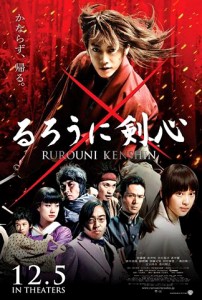
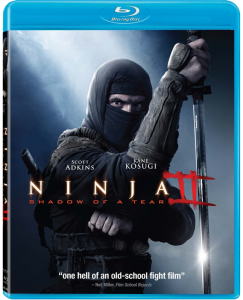
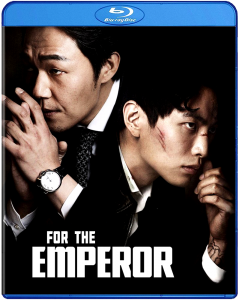
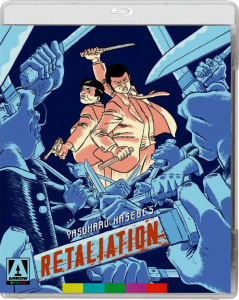
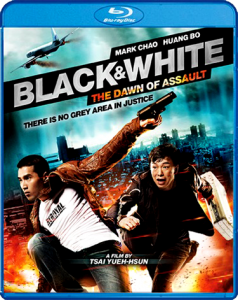
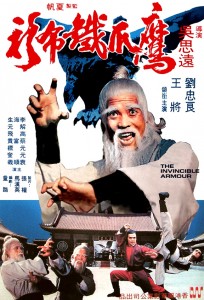
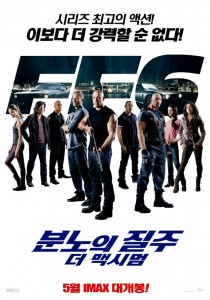
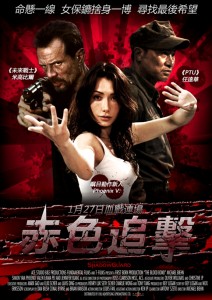
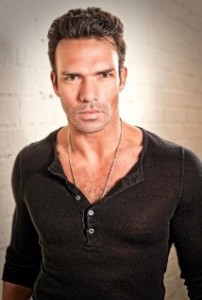
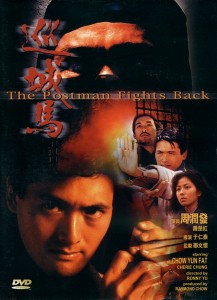
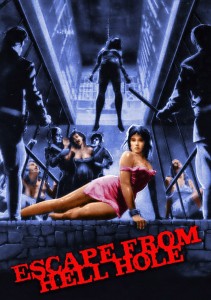
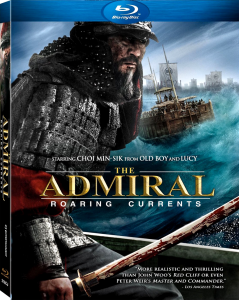
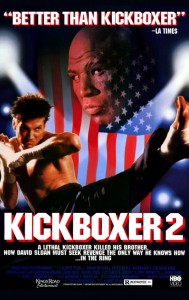
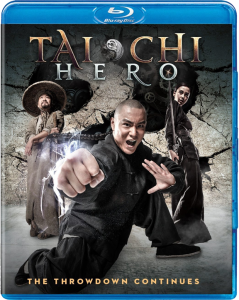
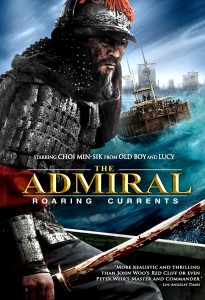




Be the 1st to Comment